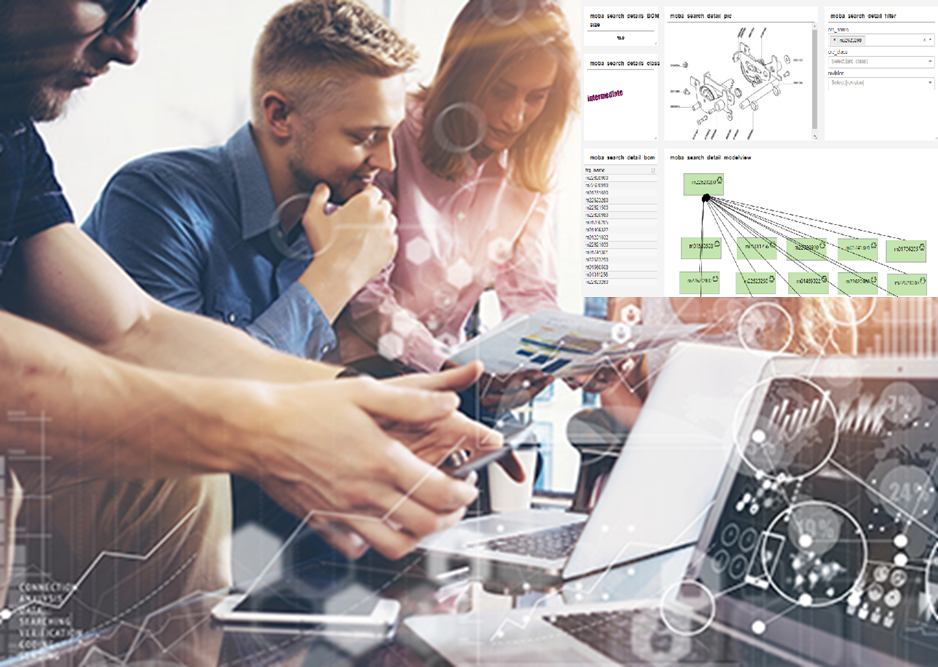
Published on 11/24/2017 | Technology
Currently, there are a lot of promises about artificial intelligence (AI) using data and expectations have been hyped across industries. We can all agree that turning these expectations into reality will bring quite some business benefits.
Before we begin answering the question ‘how to make AI better, faster and usable across the enterprise?’, let’s start with the question if data alone is enough to achieve this.
Let’s take a step back and look at some analogies about data that one will come across:


Returning back to the topic at hand, of course data is very important for artificial intelligence/machine learning, and indeed data is not the same as oil or gold. The points to be made here are two folded:
How many times have we heard the mantra: ‘give us the data and we will show you’, and then nothing came out of it. But this should not come as a surprise as the context is missing, and in fact the approach is similar to the hope and promise of a gold rush, leaving a very few winners and a lot of losers.
Another request that you will come across a lot of times is ‘we need more or other data’. Wow this should be known from the beginning! Or is the approach, just make deeper and wider holes, just pump more, who cares?
In fact, by believing that data is the only single source needed for analytics and AI, the following challenges remain:
Actionable insight and intelligence are hard to achieve.
Domain context is critical.
Organisations don’t capture and use their knowledge.
Knowledge of people, documents, processes, applications, infrastructure and physical assets are locked.
Process/Product Owners knowledge is maintained in silos.
High skilled experts spend too much time to explain data and their context.
Data Scientists require knowledge from multiple domains.
High skilled experts spend too much time to understand data and their context.
Experts such as architects have problems to engage with the business.
Detached from project implementations.
No easy way for Data Consumers to access data and analyze results.
Knowledge stays untapped.
The questions to answer are then, how to:
Before answering those questions, one should understand that a lot of information and knowledge, more specifically of the manufacturing and technology enterprise is in its domains of users, processes, products, architecture and assets, and resides in silo’s. Within those domains and the dependencies between them, the context can be found. Those domains make the habitat of an enterprise.
For example, information and knowledge of:
And yes, there are multiple tools today to store the documents but typically not with the intention to give analytics capabilities and insight.
By transforming the information into digital knowledge and combining this with the data will give the enterprise a constantly renewable environment for fast learning and high-quality analytics that in turn will lead to better AI results. As a basis, this will lead directly to:
Now how can we implement a constantly renewable environment that secures better, faster and usable analytics to secure AI results with the lowest cost?
A solution approach:

By creating smart digital models, so called holistic digital models, the information of the domains is modeled, this on itself will already contain rich digital knowledge that can be visualized, shared and gives insight to make intelligence based decisions.
As the architecture is covered within the models, it can be visualized and communicated with the business in a understandable, practical and usable manner. Impacts will directly be visible and as the details of the architecture is embedded in the models, users will be able to drill down and intuitively understand the context.
The models than can be combined with data, which allows for smart analytics, so called holistic analytics. As the data is contextualized it is easier to understand, apply and use, which automatically leads to fast root cause analysis and trusted insight.
Publishing the models, data and insight in such a way that it can be consumed by the different roles in the enterprise makes it possible to reveal all available knowledge and apply this to AI and Machine Learning. Models and insight are available continuously and users are able to visualize, drill down and interact with them to generate intelligence.
The ability to perform holistic analytics based on models and data leads to:
Being able to unlock and tap into the knowledge within the different silo’s and bringing them together will speed up and increase quality of any AI outcome.
It is essential that the solution is applicable and affordable to all enterprises, regardless of their size.

The described solution approach also brings key benefits such as:
About the writers
Marlon Hiralal has over 25 years’ of hands-on and in-depth experience within product engineering, manufacturing and advanced analytics and focuses on Smart Manufacturing-Industry 4.0, Industrial Internet of Things and Digital Transformation. He has several publications on those topics.
Aileen Hiralal is a Master Student Business Information Systems at The University of Amsterdam. She holds a Bachelor of Science from the same university. Combining her study she focuses on the value of descriptive models for analytics and the visualization of this for dynamical (biological) systems.
For feedback and questions please write to info@aureliusenterprise.com